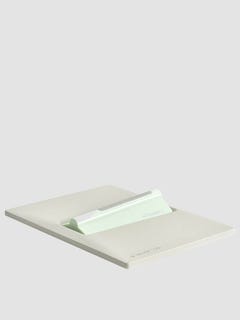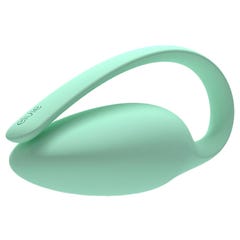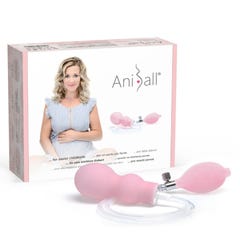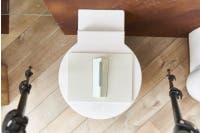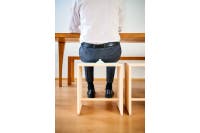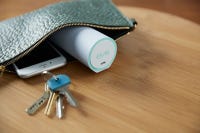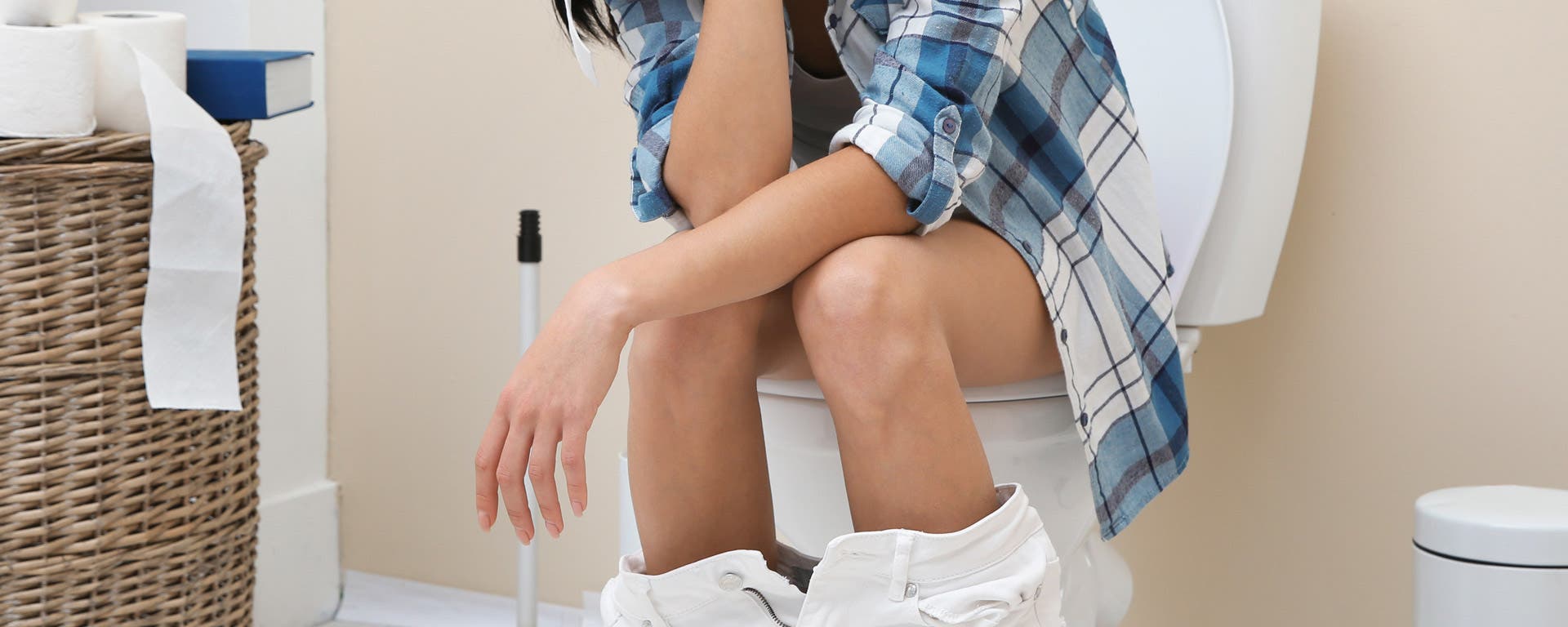
Incontinence: Home training for the pelvic floor
Incontinence: Home training for the pelvic floor
Once laughed too hard and already you realize that you have let urine uncontrollably? It is quite understandable that such situations are unpleasant, even annoying. But that's no reason not to laugh just as hard and from the heart the next time! Because you're not alone with incontinence.
All three types of involuntary urine leakage - stress incontinence, urge incontinence and mixed incontinence - are common among women and men. And because that's the case, World Continence Week was created. This health campaign aims to create more awareness of incontinence problems.
Continence Week: More understanding for those affected
World Continence Week 2021 will take place this year from June 21 to 27. During this week, the Federation For Incontinence and Pelvic Problems (WFIPP) is raising awareness of the impact urinary incontinence can have on the lives of sufferers. It also aims to encourage those suffering from incontinence to seek help and support.
Different types of urinary incontinence
No longer closes completely
In the case of stress incontinence, in which the pelvic floor is weakened and can no longer withstand the pressure build-up in the abdominal cavity and thus no longer completely closes the urethra, the muscles can be strengthened through targeted pelvic floor training.
Uncontrolled contraction
Even with urge incontinence, where the urethral closure still functions, the pelvic floor muscles can be improved through proper exercises. In this form of urinary incontinence, the bladder muscles contract uncontrollably. The result is a sudden urge to urinate combined with an involuntary loss of urine.
Combination of both
Mixed incontinence is a combination of stress and urge incontinence and is the most common form. Here, too, incontinence can be cured or greatly improved by various forms of therapy.
Pelvic floor training as a way out of incontinence
The pelvic floor muscles serve as the muscular closure of the pelvis. If they are weakened, it can happen that too much stress (depending on the degree of incontinence, even coughing, sneezing, sports activity, ....) leads to involuntary loss of urine. Active training helps to strengthen the pelvic floor muscles and prepare them for such stressful situations.
In a fun way via smartphone app
Since men are also often affected by urinary incontinence, but most pelvic floor trainers are only suitable for women because they are inserted into the body, Acticore 1 offers the world's first non-invasive solution for personalized pelvic floor training. The seat pad is suitable for both women and men and is based on a scientifically designed training program developed by scientists and therapists. In a playful way via smartphone app, the pelvic floor muscles are strengthened effectively and sustainably thanks to Acticore.
Recommended by specialists and therapists
One of the most proven pelvic floor trainers is the one from Elvie. The very high-quality Elvie Trainer has been developed by specialists and therapists and recommended by gynecologists. With the Elvie Trainer, you get a useful app and your personal training plan included, to motivate you to strengthen your pelvic floor muscles.
Against incontinence and preparation for birth
A less expensive model, especially for women, is the Aniball pelvic floor and birth trainer. Pregnant women in particular suffer more from weakened pelvic floor muscles and therefore see their toilet more often than they would like. The pelvic floor trainer Aniball is an innovative balloon, which can be inflated individually thanks to the practical hand pump, depending on whether you want to train the pelvic floor or prepare for childbirth.
Feel good and enjoy better orgasms
Targeted pelvic floor muscle training not only counteracts urinary incontinence, but more intense orgasms can also be a pleasing effect of home training. The slackened muscle regains new strength and can contract better. As a result, woman has more sensation during sex and man enjoys a tighter feeling. But the most important thing, of course, is that you finally feel more comfortable and regain more confidence in your body and bladder!

